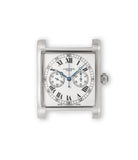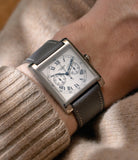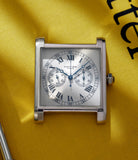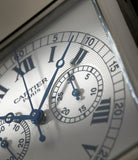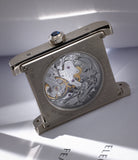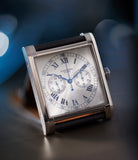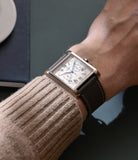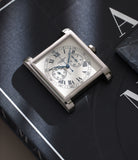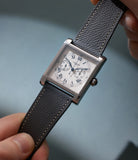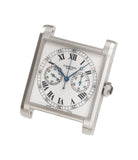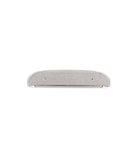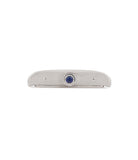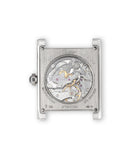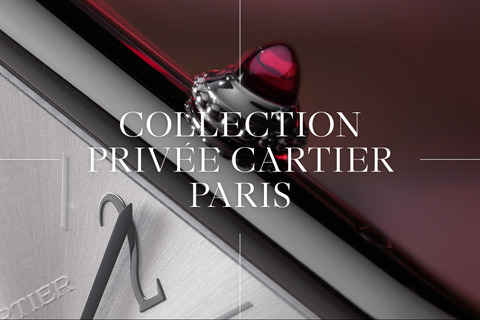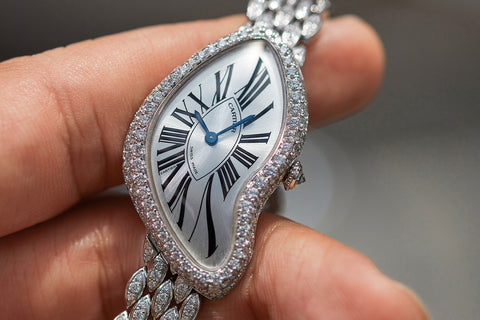As a series of mechanical watches based on historic Cartier designs, the Collection Privée Cartier Paris - CPCP for short - showed collectors what Cartier could produce at a time when the brand was more known for their quartz-based timepieces. Most models in the CPCP were available between 1998 and 2008 in very limited numbers using mechanical movements from external suppliers, until the Fine Watchmaking Collection was introduced using movements developed in-house.
All the CPCP watches feature small, distinctive details, intended to set them apart. All bar the Cintrée are signed “Cartier Paris” on the dial, a subtle nod to the brand’s vintage pieces. They also display a central rose motif just beneath the hands, which radiates into a classic guilloché pattern. Even the subtle engravings on the caseback are reminiscent of what they used to do in the early 20th century. As for the manual-winding movements, these were finished in-house by Cartier, with their interlaced “double C” pattern appearing across the collection.
The dial on this Cartier Tank Monopoussoir reference 2846 is particularly faithful to the original version of the watch, staying true to the configuration of a circular dial housed within a square case. The tank case that houses this dial is much rarer than any of the Tortue cases, which possess a similar dial. Architecturally, the construction of the case is particularly impressive, displaying the French jeweller’s skill in assembling impressive designs. Thanks to the short lugs on the piece, it wears extremely comfortably on the wrist.
Produced in 2008, only 100 pieces of the Tank Monopoussoir were made in white gold, following the success of the rose gold version released earlier, in 2007. This piece is numbered “007”. Within the watch, the Calibre 045MC makes use of a lever escapement. With a clutch system, the motion of the second wheel to the chronograph’s central wheel is activated by a double swivel pin, removing the "jolt" of the second hand which often occurs in chronographs operated by a lateral clutch. The resulting operation allows the hand to smoothly glide across the dial.







































































































































































































